Steel frame houses take many architectural forms. The versatility of Cold Formed Steel (CFS) makes it ideal for constructing both simple and challenging designs.
CFS construction offers a highly versatile design, fast, accurate and cost-efficient production and ease of assembly. With its flexible, strong, and durable properties, CFS’s lightweight construction system (which minimizes loads on foundations and saves on sub-structure costs) is the ideal building system for all forms of steel frame homes.
|
|
|
|
|
|
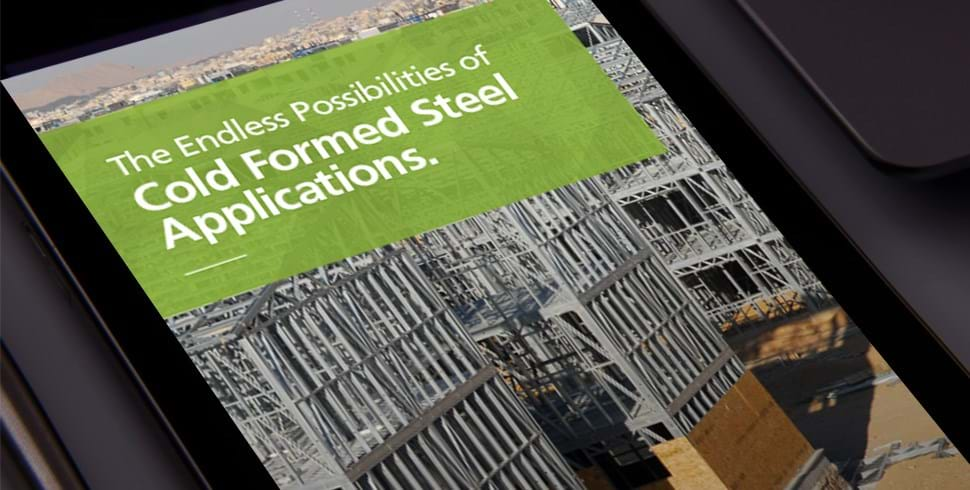
Working with commercial-grade CFS structural steel has some major benefits that make it an ideal option for steel construction for residential homes. Here are a few key benefits of using steel frames:
Working with steel frames is more efficient, cost-effective, and environmentally friendly, making it a supreme choice for the steel construction of residential homes. Residential steel buildings are the future - their versatility, strength, and durability make them the perfect choice for your next residential project.
Building a steel frame home offers a great alternative to traditional wood-framed houses. Here is an overview of the construction process involved in residential steel buildings.
Before the construction process can begin, the site must be prepared. This process involves clearing land and leveling the ground, both of which are critical to ensuring that the foundation is properly installed and the steel frame house is stable.
The foundation is a critical component of the steel frame house construction process. It is typically made of concrete and serves as the base for residential steel buildings.
Once the foundation is installed, the steel frame assembly process can begin. Steel frame houses are built using design-led technology. Residential steel buildings are built using wall panels, floor joists, and roof trusses that can all be prefabricated off or on-site and then erected. The assembly process for steel frames is fast and efficient, making it an ideal option for those looking to build a new home quickly. With the FRAMECAD system, you have access to hardware, software and support services that accelerates the construction process, increase productivity and accuracy and reduce labor costs.
This process is the final stage of construction for a steel frame house. Finishing involves installing exterior features like siding, roofing, and windows. Interior finishing involves installing insulation, drywall and flooring. Steel or metal frame houses can be finished in a variety of ways, making them a versatile option for homeowners.
Other stages of the construction process that may be relevant include plumbing and electrical installations, which are typically installed during the finishing process. Landscaping is another critical component of the construction process, which is completed after the house is built.
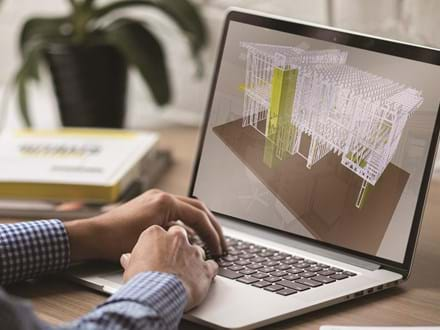
Save time with the world's most code-compliant structural frame design software for cold formed steel structures.
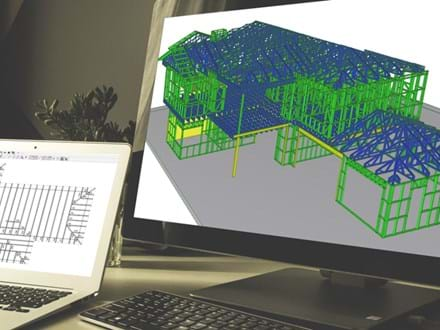
FRAMECAD Detailer is a versatile steel CAD software with world-leading detailing flexibility. FRAMECAD Detailer makes it quick and easy to produce designs for automated production.
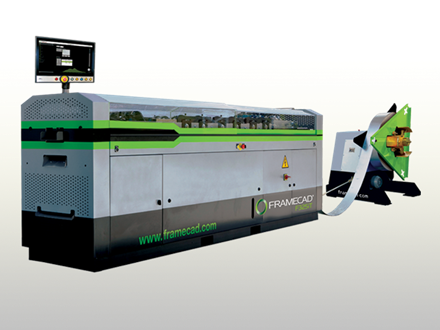
The FRAMECAD F325iT is a highly versatile member of the FRAMECAD manufacturing system. Designed to offer increased production speed, greater flexibility and increased reliability, the F325iT roll-forming machine is best suited for residential and light commercial projects.
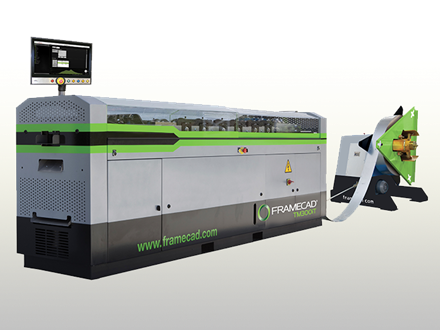
The TM300iT has been specially developed as part of the FRAMECAD optimised truss manufacturing system. It produces 75mm standard size C-section trusses designed specifically for maximum strength at minimum cost.
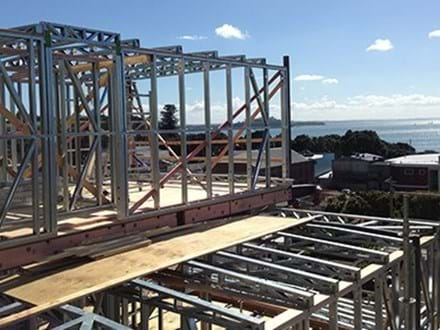
Built for a high profile sporting personality, this stunning five level home taking shape in Auckland’s Mission Bay has highlighted the unique benefits of steel framing on difficult sites.
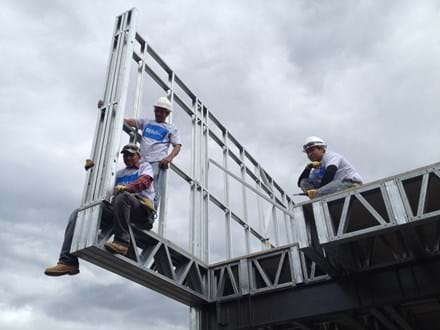
Central America’s first stand alone steel frame manufacturing plant is open for business, leading Costa Rica into a new age of building.
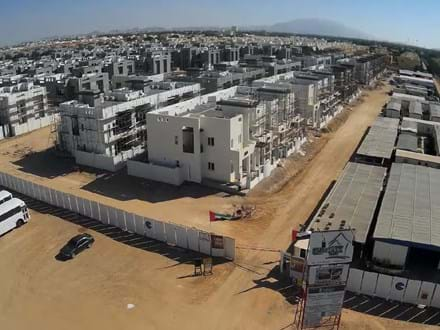
Commodore Steel Industries LLC has completed a major high-end residential project in Al Ain using FRAMECAD, an all-inclusive cold-formed steel design build system that conforms to the Abu Dhabi International Building Codes.
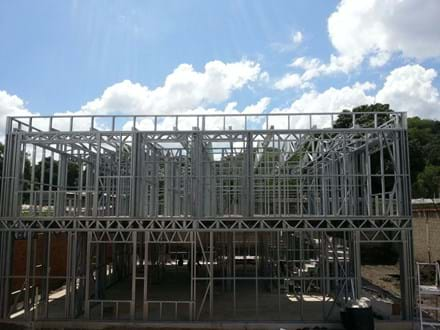
There is an overwhelming deficit of housing in Venezuela, but real estate developing in the country can be plagued by many issues. A combination of high inflation rates and increasingly counterintuitive and rapid changes to the legislation surrounding real estate and construction make traditional construction a poor choice due to its slow place.
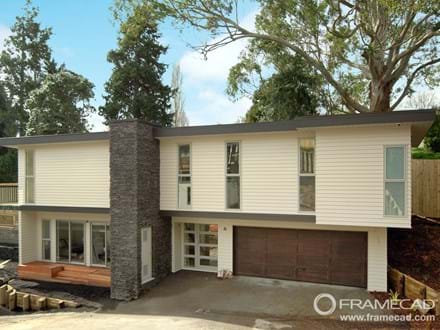
Just about everywhere else in the world, steel framing is recognised for its many benefits. You can use low skilled workers to put it together and they can’t mess it up. It’s building by numbers – Meccano construction. Also, it’s ant and termite-proof.
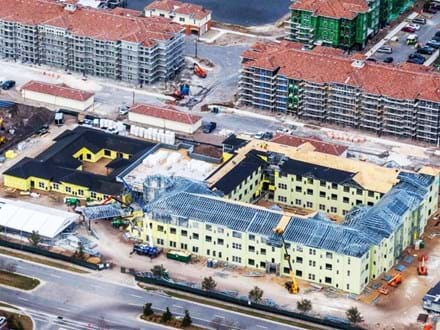
FRAMECAD allows developers to meet tight deadlines without compromising on quality. By supplying rapidly constructed framing components, developers can enjoy the benefits of cost-effective high density construction.
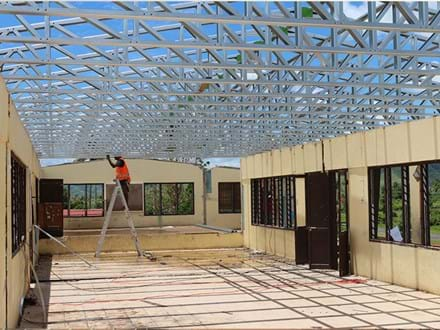
The ability to deliver quality social housing products anywhere in the world makes FRAMECAD the perfect design and build solution for disaster relief housing. It provides all the building materials and local training needed to construct safe shelters quickly.
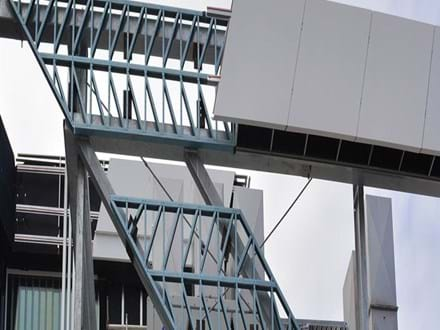
Façade systems comprise the structural elements that the building envelope is created from, a wide variety of facade treatments and shapes may be created using CFS, including large ribbon windows, curved and inclined walls, solar shading and balconies.
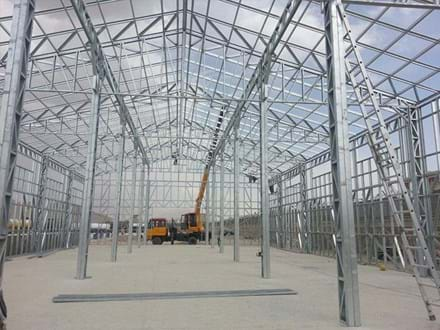
Flexible, reliable commercial storage and warehousing needs to be built rapidly and affordably to respond to growth. The FRAMECAD System provides everything required to implement this type of commercial construction – from building design to manufacture and onsite training.
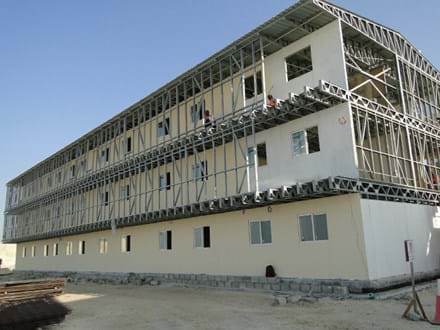
The rapid, modern steel frame construction offered by FRAMECAD helps local and central governments construct quality, economical institutional buildings for their communities. Leveraging global reach and experience, FRAMECAD works directly with these agencies and with developers and contractors.
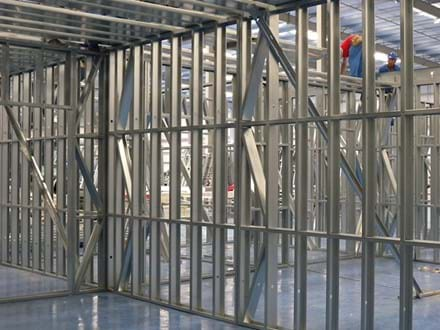
Remove the inaccuracies and material waste of traditional CFS stud and track framing and timber systems. Implementing the FRAMECAD system saves time on site and allows precise installation of internal partitioning, apartment and commercial office walls. Engineered to achieve code compliant fire and acoustic ratings, the FRAMECAD system is easy to specify and install.
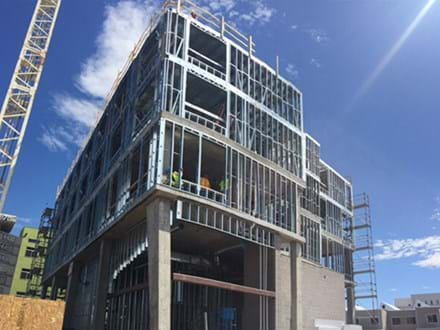
CFS construction allows developers to meet tight timelines without compromising on quality and allows fast construction of Mid-Rise buildings including apartments, commercial office buildings, hotels, aged care facilities and more.
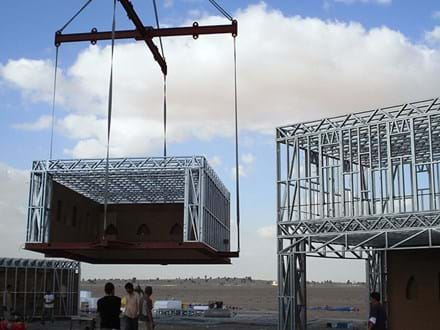
Modular construction refers to taking factory-produced pre-engineered building units and delivering them to site. They’re then assembled as large elements of a building, the light weight nature of CFS makes modular units to be transported and installed on site in a fast and cost-saving manner.
1. What is a steel frame house? |
|
A steel frame house is a type of residential structure that is framed with steel instead of traditional wood framing. This construction technique uses cold-formed steel sections assembled off or on-site to create the framing structure for the home. |
2. How do steel frame homes compare to traditional wood-framed homes? |
|
Steel frame houses offer several advantages over traditional wood-framed houses. They are more durable and resistant to moisture, termites, and fire, and they require less maintenance over time. Steel frame houses are also more energy-efficient and are often constructed faster than wood-framed houses. |
3. How do steel frame manufactured homes stand up to extreme weather conditions? |
|
Steel frame manufactured homes are designed to be strong and durable, making them well-suited to stand up to extreme weather conditions such as hurricanes, tornadoes, and earthquakes. Steel frame houses can be engineered to meet local building codes and withstand specific weather conditions of a particular region. |
4. Can steel frame houses be customized to meet specific design preferences? |
|
Yes, steel frame houses can be customized to meet a wide range of design preferences such as open-concept floor plans, high ceilings and can incorporate unique architectural features. Steel frame houses can also be finished with a variety of materials such as brick, stucco, or wood siding. |
5. What is cold-formed steel, and how is it used in steel frame home construction? |
|
Cold formed steel (CFS) is a type of steel that is formed at room temperature into different shapes and sizes which can be used in steel frame house construction to create framing structures. Cold formed steel is lightweight, strong, and highly customizable, making it an ideal material for residential construction. |
6. What is the process for framing a house with steel? |
|
The steel framing for a house is prefabricated at your preferred location and then transported to the site for erection. This process is typically faster and more efficient than traditional wood-framing methods. |
7. How long does it take to build a steel frame house compared to a traditional wood-framed house? |
|
Steel frame houses can be built faster compared to traditional wood-framed houses due to the efficient manufacturing process and easy assembly on-site. By manufacturing frames in a controlled environment, you don’t have delays due to weather and productivity is increased thanks to a continuously improved manufacturing process. |
8. Can steel frame houses be built in any location or climate? |
|
Yes, steel frame houses can be built in any location or climate. CFS framing can be designed to meet the specific environmental and building code requirements of any location or climate. |
9. How is the insulation installed in a steel frame house? |
|
Insulation is installed between the steel studs, which creates a thermal barrier and helps to make steel frame houses more energy efficient. This insulation can be made of a variety of materials, including fiberglass or spray foam insulation. |
10. Can I build a multi-story steel frame house? |
|
Yes, steel frame houses can be built as multi-story structures. Steel framing is strong enough to support multiple stories and with proper design and engineering, a steel frame house can be built to meet local building codes and standards. |
11. Are steel frame houses more expensive than traditional wood-framed houses? |
|
The cost of building a steel frame house can vary depending on several factors, such as the size and complexity of the design, site conditions, and material costs. However, steel frame houses can be more cost-effective in the long run due to their durability, energy efficiency, and low maintenance requirements. Additionally, using CFS framing can reduce construction waste and provide a more sustainable building option. |